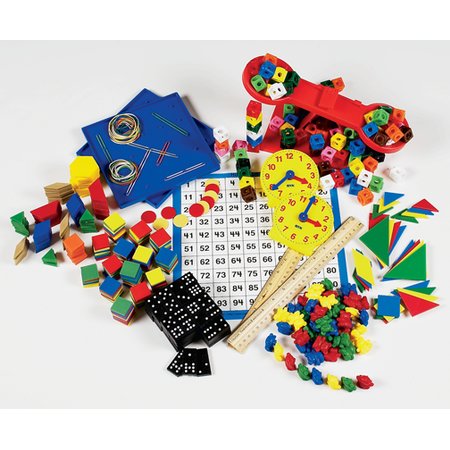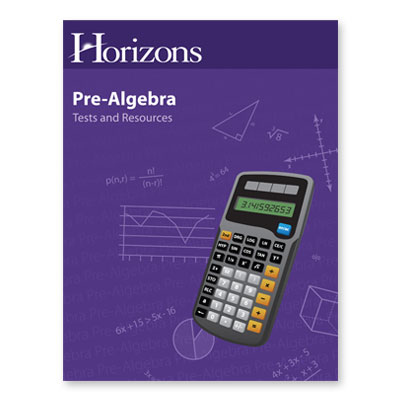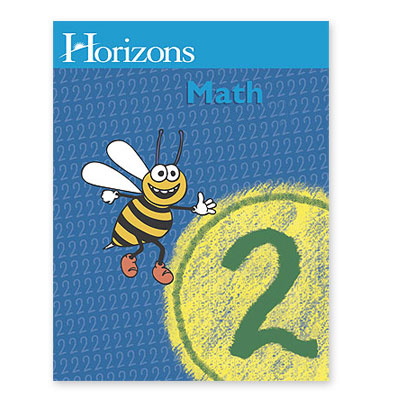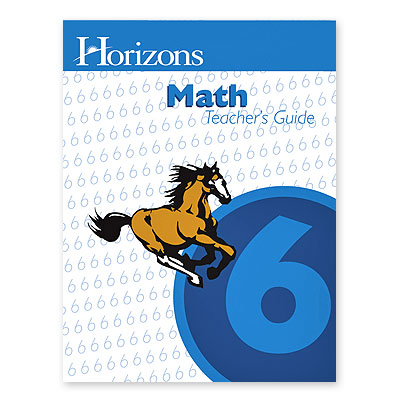Description
Equip your child for a mathematical journey with this comprehensive collection of hands-on learning tools designed specifically to complement the trusted Saxon Math curriculum for grades K through 3. This complete manipulatives kit contains over 450 objects and learning games that provide the concrete foundation young learners need to master abstract mathematical concepts through Saxon’s proven incremental approach.
Saxon Math’s spiral methodology introduces mathematical concepts gradually, allowing students to master each concept before moving forward while continuously reviewing previously learned material. This manipulatives kit brings that philosophy to life through tactile exploration, making it particularly valuable for kinesthetic learners who thrive with hands-on activities. The kit includes essential learning tools such as 55 dominoes for number recognition and basic operations, 100 colorful tiles for counting and patterning, dual geoboards with rubber bands for geometry exploration, two plastic clocks for time concepts, assorted tangrams for spatial reasoning, standard rulers for measurement, a student balance for comparing weights, and adorable teddy bear counters that make math feel like play.
What sets Saxon Math apart for homeschooling families is its design for independent learning, requiring minimal parent instruction while building strong foundational skills. These manipulatives support the concrete-to-abstract learning progression that research shows is crucial for mathematical understanding. Young children begin by physically manipulating objects, then progress to pictorial representations, and finally to abstract numerical concepts. This natural progression builds confidence and ensures deep comprehension rather than memorization.
For homeschooling parents seeking a mathematically rigorous yet accessible curriculum, this manipulatives kit addresses diverse learning styles within your family. Visual learners benefit from the colorful, distinct shapes and patterns, while tactile learners engage through physical manipulation. The variety of tools allows you to adapt lessons to your child’s interests and developmental stage, whether they’re exploring basic counting with bear counters or investigating geometric principles with tangrams and geoboards.
The complete kit includes 48 baby bear counters, 100 color tiles, a complete set of dominoes, 2 geoboards with rubber bands, 1 hundred number board, 100 linking cubes, 100 pattern blocks, 1 primary balance, 2 rulers, 2 student clocks, 1 set of four tangrams, and 25 two-color counting discs, all organized in a convenient storage container. This comprehensive collection eliminates the need to purchase individual manipulatives separately, providing exceptional value for families using Saxon Math across multiple grade levels and children.
Creative Activities and Lesson Extensions
The versatility of these manipulatives extends far beyond standard Saxon lessons, offering countless opportunities for enrichment and creative exploration. Dominoes become powerful tools for number bonds, teaching addition facts through visual dot patterns, or exploring multiplication concepts by arranging them in arrays. Create sorting games by color or dot patterns, or use them for probability experiments by predicting which dominoes will be drawn from a bag.
Color tiles transform into building blocks for pattern recognition, fraction work (using different colors to represent parts of a whole), and area measurement activities. Challenge children to replicate quilt patterns, create symmetrical designs, or build letters and numbers. These tiles excel for teaching graphing concepts by creating human bar charts or pictographs of family preferences.
Geoboards offer endless geometry exploration beyond basic shape creation. Advanced learners can investigate perimeter and area relationships, explore coordinate geometry by establishing grid systems, or create fraction models by dividing shapes into equal parts. The rubber bands provide excellent fine motor skill development while children stretch and manipulate them into increasingly complex designs.
Bear counters serve as engaging tools for storytelling with math, creating narrative problems that make abstract concepts meaningful. Use different colored bears to represent family members in word problems, sort them by attributes for classification activities, or employ them in probability experiments. They’re perfect for teaching one-to-one correspondence and developing number sense through grouping and regrouping activities.
Pattern blocks encourage both mathematical and artistic creativity. Beyond standard pattern cards, children can create their own tessellations, explore symmetry through mirror work, or investigate fraction relationships by discovering how many triangles equal a hexagon. These blocks also support algebraic thinking as children discover patterns and relationships between different shapes.
The student balance introduces early scientific thinking alongside mathematical concepts, allowing children to explore weight comparisons, estimation skills, and equality concepts that directly relate to algebraic thinking. Use it to demonstrate that addition is like balancing a scale, making abstract equations concrete and meaningful.
Educational Attributes:
- Grade Level: K-3
- Subject: Mathematics
- Learning Style: Kinesthetic, Visual, Tactile
- Educational Approach: Spiral/Incremental Development
- Curriculum Type: Saxon Math Homeschool
Practical Attributes:
- Estimated Completion Time: 4 years (grades K-3)
- Answer Key Included: Usage instructions included in Saxon Teacher’s Manuals
Content/Scope Attributes:
- Topics Covered: Number sense, counting, addition, subtraction, geometry, patterns, fractions, time, measurement, graphing
- Real-world Applications: Money concepts, time telling, measurement, spatial reasoning
Format/Usability Attributes:
- Format: Physical manipulatives with storage container
- Reproducible: N/A
Special Features:
- Over 450 learning objects
- Convenient storage container
- Designed specifically for homeschool use
- Supports concrete-to-abstract learning progression
- Compatible with all Saxon Math K-3 programs





The Homeschool Shopper –
The Saxon Mathematics Homeschool Manipulatives Kit is a comprehensive collection of hands-on learning tools designed specifically to complement the Saxon Math program for grades K-3. This 450-piece kit transforms abstract mathematical concepts into tangible learning experiences, making it an essential investment for families committed to the Saxon Math approach.
What We Liked
Exceptional Build Quality and Durability: The manipulatives are consistently praised for their sturdy construction and longevity. Parents report using the same kit across multiple children and grade levels without significant wear, making the investment worthwhile over the 4-year span from kindergarten through third grade.
Mathematical Understanding: The kit excels at helping young learners bridge the gap between concrete and abstract thinking. Visual and tactile learners especially benefit from being able to physically manipulate objects while learning counting, sorting, measurement, geometry, and basic operations.
High Student Engagement: Multiple reviews emphasize how excited children become when using these manipulatives. Parents report that reluctant math students often beg to continue lessons and even play with the materials during free time, building villages and engaging in creative activities that reinforce mathematical thinking.
Comprehensive Coverage: The kit includes everything needed for Saxon K-3: baby bear counters, color tiles, dominoes, geoboards with rubber bands, hundred number board, linking cubes, pattern blocks, student balance, clocks, rulers, tangrams, and two-color counters. This eliminates the need to source individual manipulatives.
Convenient Organization: The included storage container keeps all 450+ pieces organized and accessible, making setup and cleanup manageable for busy homeschool families.
Curriculum Independence: While designed for Saxon Math, the manipulatives work effectively with other elementary math programs, providing versatility for families who might switch curricula.
Areas for Improvement
Significant Upfront Investment: At $150-240 depending on retailer, this represents a substantial initial expense. While the per-year cost is reasonable when spread across 4 grades and multiple children, the upfront cost can be prohibitive for budget-conscious families.
Loss-Prone Small Pieces: The most frequently cited complaint is how easily small manipulatives get lost. Parents consistently report having to replace pieces annually, which adds to the ongoing cost and frustration of maintaining a complete set.
Missing Essential Items: Despite Saxon’s heavy emphasis on money concepts, the kit notably lacks coins or play money, forcing families to purchase these separately. This seems like a significant oversight given the curriculum’s focus on monetary learning.
Physical Challenges for Young Users: The linking cubes are particularly difficult for small hands to snap together initially, requiring adult preparation before lessons. Some pieces may be challenging for younger kindergarteners to manipulate independently.
Storage Space Requirements: The storage container, while convenient, requires dedicated space and the kit contains numerous small parts that need organized storage to remain functional.
Curriculum Dependency: The kit is specifically designed for Saxon Math and while it can work with other programs, families not using Saxon may find more cost-effective alternatives that better match their chosen curriculum.
Bottom Line
The Saxon Mathematics Homeschool Manipulatives Kit delivers exceptional value for families committed to the Saxon Math approach and hands-on learning. While the initial investment is substantial, the combination of durability, educational effectiveness, and student engagement makes it worthwhile for most families planning to use Saxon Math through elementary grades. The kit’s ability to make abstract concepts concrete is particularly valuable for visual and kinesthetic learners.
However, budget-conscious families or those uncertain about their long-term commitment to Saxon Math might consider starting with DIY alternatives or purchasing individual manipulatives as needed. The frequent loss of small pieces and missing essential items like coins are legitimate concerns that require ongoing attention.
Recommended for: Families using Saxon Math K-3, parents of hands-on learners, households with multiple children who will use the kit across several years, visual and kinesthetic learning styles
Consider alternatives if: You’re on a tight budget, prefer low-maintenance materials, aren’t committed to Saxon Math long-term, or have very young children who struggle with small manipulatives